Shipping quote request
We’ll calculate the shipping price as soon as getting your request.
Shipping quote request
We’ll calculate the shipping price as soon as getting your request.
You May Also Like
Sponsored Products
Mid-Century Danish Chair from Fritz Hansen, 1970s
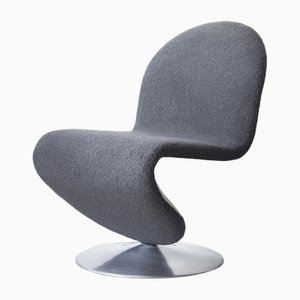
Chamrousse Armchairs by Charlotte Perriand for Steph Simon, 1940s, Set of 2

Floris Chair by Günter Beltzig for Brüder Beltzig design, 1969
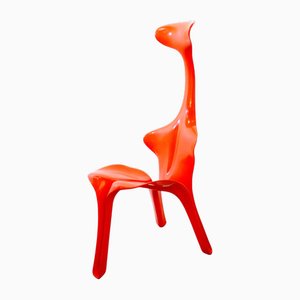
Italian Depositato Side Chairs, 1970s, Set of 6

More from this Dealer
Less Oak Sideboard with Drawers by Mentemano

138/23 Tureen by Meritxell Duran

Caravan Sofa by De Castelli
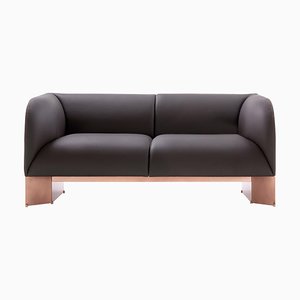
Small Black Cibele Plant Stands by OK Design, Set of 3

Limba Sculpture by Borja Barrajón

Glass Camo Coffee Table by Sebastian Scherer
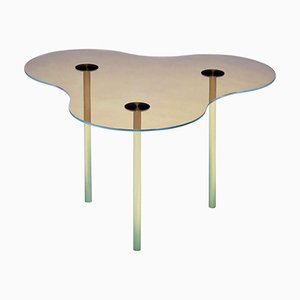
Glass Globe Opal 60 Pendant Light by Schwung

Poufs Pill L and S by Houtique, Set of 2

Grace Dressing Table by Royal Stranger
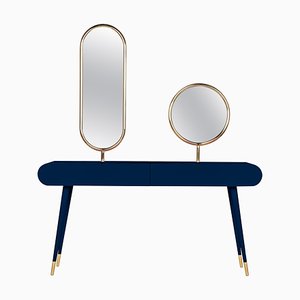
High Round Square Green Vase by Studio Thier & Van Daalen
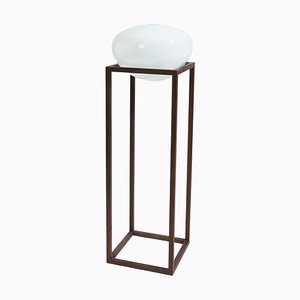
Wilson Chairs by Eloi Schultz, Set of 4

Edifice #46 Stoneware Lamp by Elisa Uberti

Nisus Accent Table by Alter Ego Studio

Fior Di Pesco Lyra Candleholder by Dan Yeffet
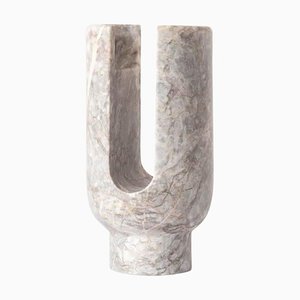
Double Bench by Goons

Chouchou Marble Green Stool by Pulpo
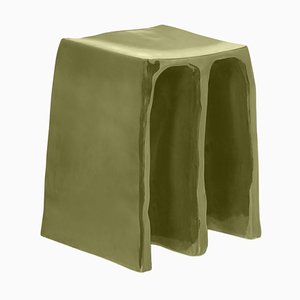
Kinetic Colors Table Lamp by Brajak Vitberg
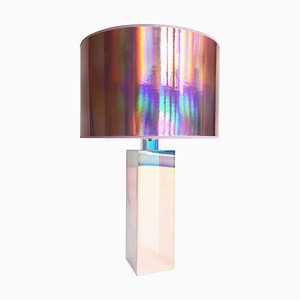
Copacabana Sofa Without Armrest by Domkapa

Colette Armchair in Turquoise, Blue & Red by Colé Italia
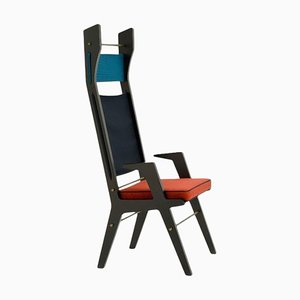
Black with Natural Leather Valo Lounge Chair by Made by Choice
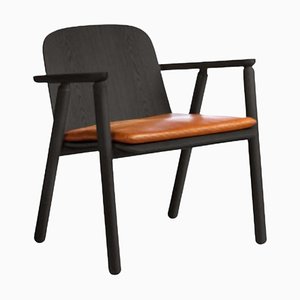
More Products
Get in Touch
Make An Offer
We noticed you are new to Pamono!
Please accept the Terms & Conditions and Privacy Policy
Get in Touch
Make An Offer
Almost There!
To follow your conversation on the platform, please complete the registration. To proceed with your offer on the platform, please complete the registration.Successful
Thanks for your inquiry, someone from our team will be in touch shortly
If you are a Design Professional, please apply here to get the benefits of the Pamono Trade Program